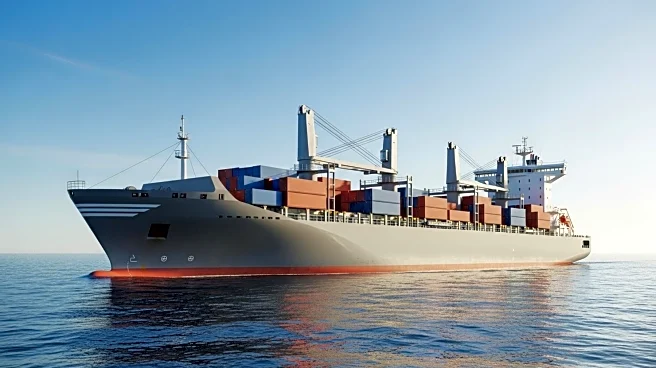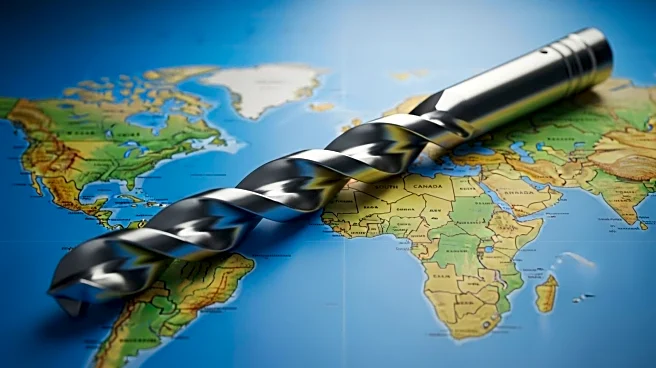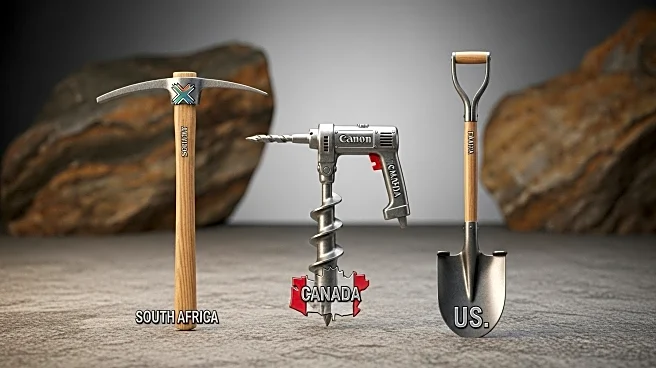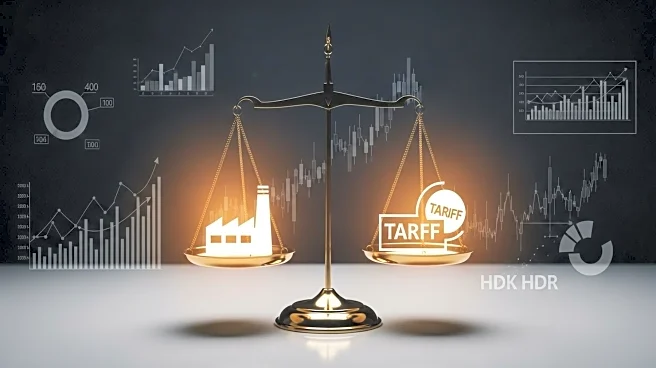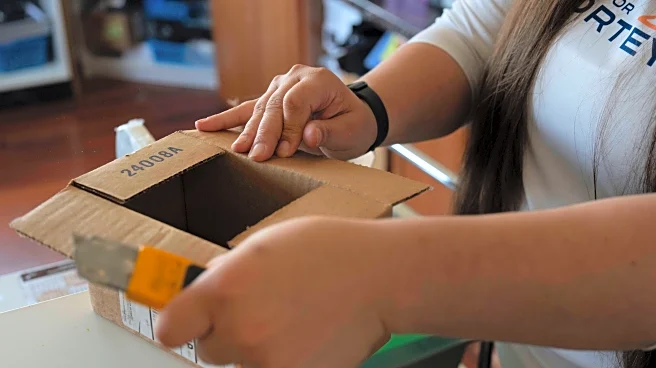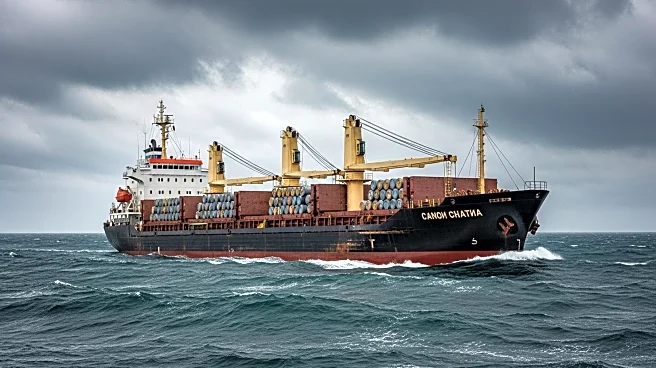What's Happening?
Rio Tinto, a major global aluminum producer, is altering its strategy due to President Trump's 50% tariff on aluminum imports, which took effect in June. The tariffs have made it more cost-effective for Rio Tinto to purchase aluminum within the US rather than importing its own metal from Canada. This shift is a response to the tariffs that aim to protect American industries but have disrupted the North American metals market. Rio Tinto has been buying aluminum from US competitors, including Alcoa and Century Aluminum, to meet domestic demand. The company has acquired at least 50,000 tons of aluminum from the US spot market since June, contrasting with the 723,000 tons shipped to the US in the first half of the year before the tariffs.
Why It's Important?
The tariffs imposed by President Trump are significantly affecting the aluminum industry, particularly for companies like Rio Tinto that rely on cross-border trade. The US aluminum market is experiencing price increases, with the Midwest premium rising by 81% since June. This situation highlights the challenges faced by producers who must adapt quickly to avoid profit losses. The tariffs are reshaping global aluminum flows, especially impacting Canadian producers who supply a substantial portion of US imports. Despite the tariffs, the US aluminum industry remains constrained, with limited domestic production capacity unable to meet demand.
What's Next?
Rio Tinto and other aluminum producers will need to continue adjusting their operations to navigate the tariffs' impact. The US aluminum industry may face increased reliance on dwindling domestic stockpiles, and companies might explore alternative strategies to mitigate costs. The long-term effects of the tariffs could lead to shifts in global trade patterns and influence future policy decisions regarding trade and industry protection.
Beyond the Headlines
The tariffs raise broader questions about the balance between protecting domestic industries and maintaining integrated international supply chains. The situation underscores the complexities of trade policies and their unintended consequences on global markets. Companies may need to innovate and find creative solutions to sustain operations amid changing trade dynamics.


